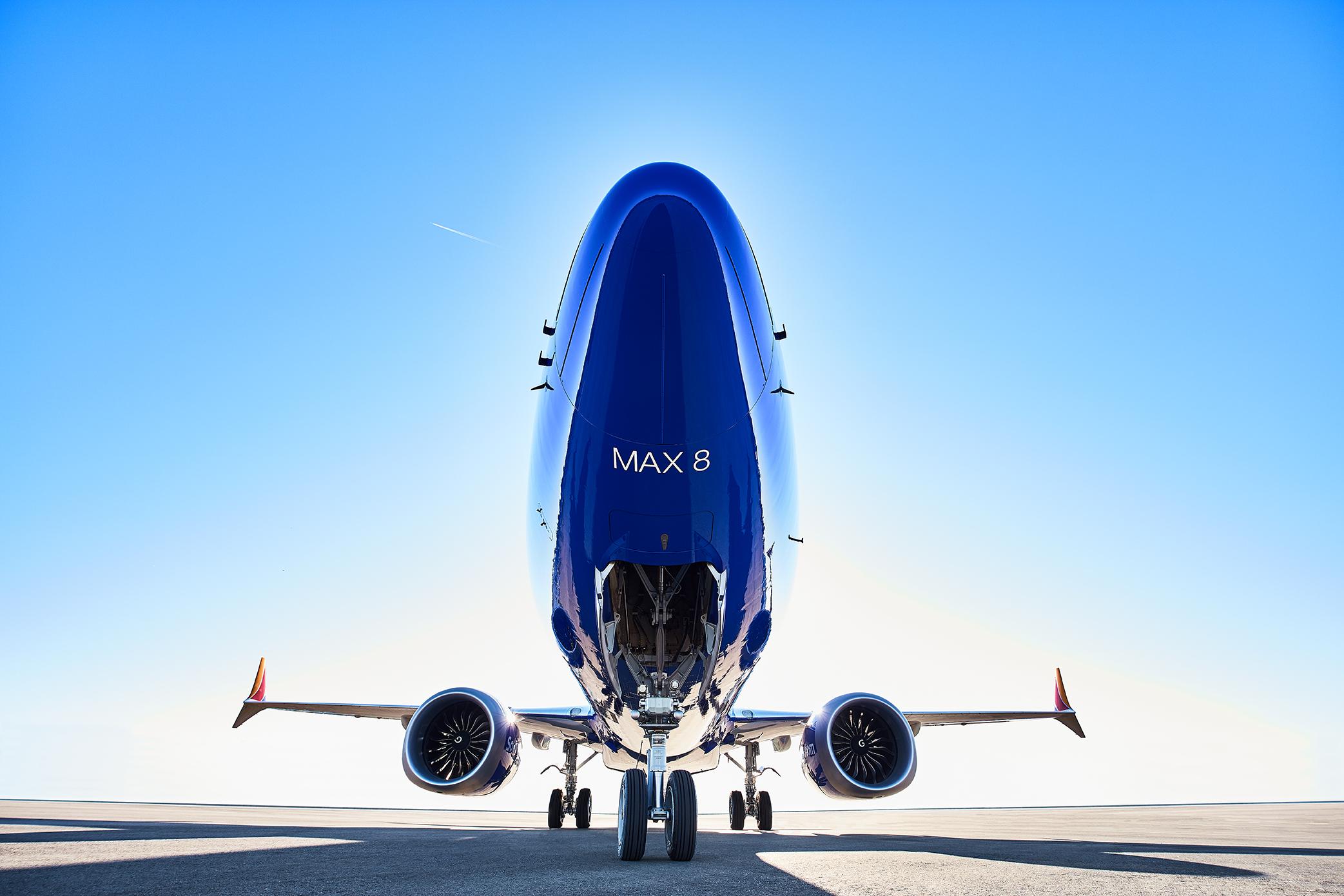
Boeing continues to refine its updated 737 MAX fight control computer (FCC) software and proposed simulator training, addressing new issues that have cropped up in testing and pilot evaluations and analyzing the risks of a wiring issue that may require modifications.
Among the latest issues: improper illumination of a flight-deck indicator light linked to the horizontal stabilizer trim system. The problem has been traced to a data-input disagreement between the FCCs. Boeing’s changes to the MAX include linking both FCCs to provide redundancy, which requires software that compares values from each FCC.
The issue, which occurred while the aircraft was on autopilot, was discovered during flight testing.
“Boeing notified the Federal Aviation Administration of this the week of Jan. 20 and has shared technical background regarding the issue and planned software update,” the company said. “We have also notified our airline customers.”
Fixing the software will add work to Boeing’s return-to-service (RTS) efforts, but the company’s latest projection of a mid-2020 approval from the FAA included time for addressed unexpected issues.
“Our current schedule assessment indicates that this change will not impact the present mid-2020 estimate for return to service,” Boeing said.
Meanwhile, Boeing continues to assess the safety risk of certain wire bundles that may be too close together. The issue, first reported by the New York Times in January, could require physical relocation of certain wire bundles to protect against short-circuiting. The issue is not related to the changes being made to the FCC or the maneuvering characteristics augmentation system (MCAS) linked to two fatal MAX accidents that led to the model’s March 2019 grounding.
If regulators determine the bundles must be modified, they could opt to mandate the fix within a certain time period after the MAX returns to service or could make the fix part of the RTS changes. The wiring issue is not expected to delay testing of the FCC-related fixes that must be finalized and validated before FAA approves the MAX to resume revenue flying.
“We continue to perform the appropriate analysis including lab testing, fleet data assessment and third-party reviews,” Boeing said. “It would be premature to speculate as to whether this analysis will lead to any design changes. We are giving the technical team the time and resources they need to complete this analysis. Our data and analysis will be presented to the FAA so they can make a determination.”
Boeing also is working on developing simulator modules that it will recommend be incorporated into all MAX pilot training. A pilot union source who has seen drafts of the module’s curriculum said there are four scenarios being developed. One demonstrates MCAS, an automatic stabilizer adjustment function, as it is designed to operate. A second walks crews through MCAS-related emergency scenarios, including profiles similar to the October 2018 crash of Lion Air Flight 610 and March 2019 crash of Ethiopian Airlines Flight 302. The third focuses on manual-trim scenarios. The final module addresses flight-deck alerts and other crew-awareness-related changes linked to the dual-FCC input logic being added to the MAX.





